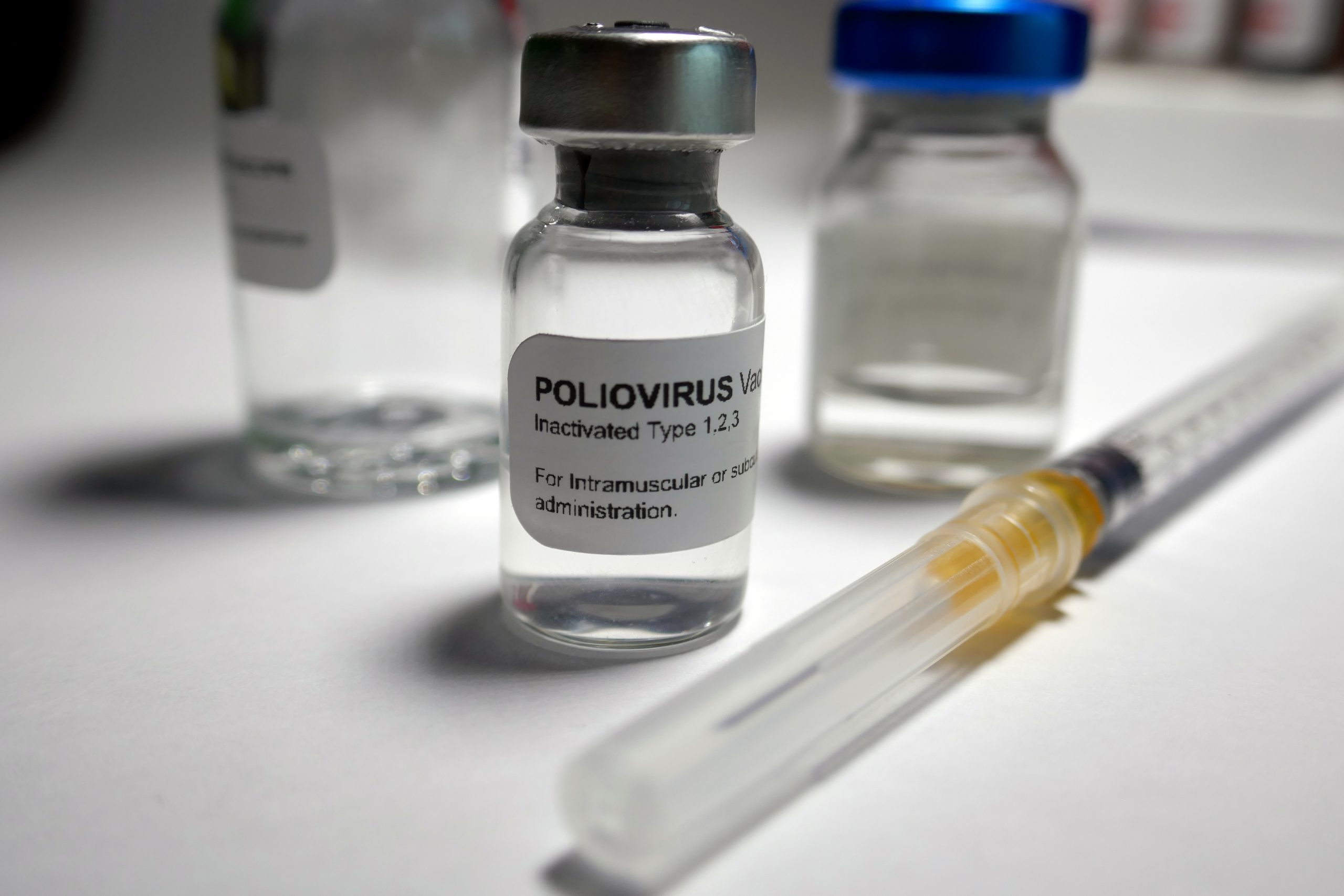Last month, a man in Rockland County, New York, a county that has low polio vaccination rates, tested positive for polio and suffered paralysis as a result. Although the majority of people that get polio won’t suffer paralysis, it is still a dangerous virus that parents should be aware of.
What is polio?
According to the Center for Disease Control and Prevention (CDC), “Polio, or poliomyelitis, is a disabling and life-threatening disease caused by the poliovirus. The virus spreads from person to person and can infect a person’s spinal cord, causing paralysis.”

Background on polio
In the late 1940s, the polio outbreak disabled more than 35,000 people on average each year in the United States, according to the CDC. But, through the polio vaccine, the U.S. was able to get rid of polio in the 1970s. This is why the New York polio case is so rare.
A wakeup call for vaccinations
The New York polio case should serve as a wakeup call for everyone – we can’t lower our guards when it comes to immunizations. Because although the New York case may be rare, health experts are still concerned about more polio outbreaks, especially in areas that have low vaccination rates. To make things worse, vaccination rates have declined during the COVID-19 pandemic, putting the U.S. in a more vulnerable spot for polio to spread fast.
Minnesota is one of the many states that are experiencing a decline in vaccination rates. Through the data that the Minnesota Immunization Information Connection (MIIC) collected in 2018, 85.6% of Minnesota kids aged 24-35 months completed the polio vaccination series. And, according to MIIC, this rate is lower than previous years. You can learn more about the vaccination rates through the years here.
What are the symptoms of polio?
According to the CDC, the symptoms of polio are:
- Sore throat
- Fever
- Tiredness
- Nausea
- Headache
- Stomach pain
In the rare case that the virus affects the brain and spinal cord, people can develop and experience more serious symptoms such as meningitis and paralysis.
- Meningitis is when the polio virus affects the brain and spinal cord. This causes a severe headache, stiff neck and sensitivity to light (when light hurts or bothers the eyes).
- Paralysis is when the virus can destroy the nerve cells that control our muscles. When a person can’t use their muscles, their body becomes floppy and can’t move — known as paralysis. This can be life-threatening if it affects the breathing muscles and a person can’t breathe.
It is important to note that the majority of people who have polio may end up not having any symptoms or minimal symptoms, but are still able to pass the virus to others.
What are treatment and prevention options?
There is no real treatment to cure polio besides treatment to manage symptoms. If symptoms develop to something more severe like paralysis or weakness of muscles, physical therapy is typically recommended to keep the muscles moving.
To prevent polio, the CDC recommends getting the inactivated poliovirus vaccine (IPV). It is said that the vaccine, “protects against severe disease caused by poliovirus in almost everyone (99 out of 100) who has received all the recommended doses.” You can get more information on the polio vaccine on the CDC website.
How does polio spread?
Polio is a very contagious virus and according to the CDC, polio is spread through person-to-person contact. It can spread to other people via saliva (spit) or feces (poop). People can come into contact with the virus when:
- They have direct contact with the poop of an infected person, or touch an object contaminated with the poop.
- An infected person coughs or sneezes on them.
- They eat food or drink liquids contaminated with the virus. This can happen if they share food or utensils with an infected person. It also can happen if sewage water contaminates the food or drink.
An infected person can have the virus in their throat for 1–2 weeks, and in their poop for up to 6 weeks or longer. Again, even someone who has no symptoms can pass the virus to other people.
How to check if your child has their polio vaccinations
There are two main methods recommended by the Minnesota Department of Health (MDH) to obtain your child’s immunization records:
- Docket app. Minnesotans can view their families’ immunization records through the Docket app. The app you will let you know what vaccines your family is due for, vaccines that your family will need in the future, and share the immunization records with schools, travel and other purposes.
- Minnesota Immunization Information Connection (MIIC). The second method to obtaining immunization records is through submitting a request to the MIIC. You can learn more here.
Does your child need a polio booster?
Currently in the U.S. if your child has been fully vaccinated for polio, they will not need a polio booster. If you’re traveling to areas of the world in which polio is more endemic, a polio booster may be required. Reach out to your clinician for specific required vaccines for any travel.